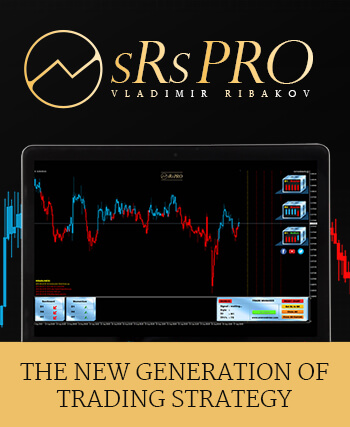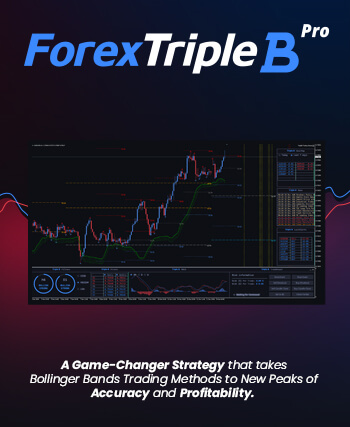A crash may be defined as a severe and substantial deprecation in the value of a market. Generally, a crash is a result of an inflated stock market, however, crashes may occur in any market as history has shown us only too well.
While crashes may be caused by a myriad sum of economic factors, two primacy instances that may result in a crash would be panic sell-offs and the unloading of excessive leverage as traders scurry to mitigate losses by the improper use of leverage.
Generally, crashes are characterized when a market begins a steady transition into a bearish market which continues to depreciate all the while inducing fear in traders who are determined to sell off at any rate. While market sentiment plays a significant factor in crash-induced markets, not all crashes result from an inputted sentimental variable, this was most evident in the flash crash of 2010.
Differentiating a bearish market from crashes can be deduced with the affected period. Generally, a bearish market depreciates over several months to years whereas a crash is characterized by a severe drop within a relatively shortened timeframe. Side effects of crashes may result in the global economy leading into a recession, or worse, a depression followed by a significant bearish market.
Historically Significant Market Crashes
Black Monday (October 28th, 1929)
Black Monday was a partial byproduct of panic-selling which resulted in significant losses that lasted for over 2 years. Federal regulations that followed the wake of Black Monday include the Dodd-Frank Act and Volcker Rule.
Black Monday (1987)
Following a 5-year bullish market for the U.S. stock market, the Dow Jones Industrial Average loss 508 points after a blue-chip sell-off of 22.6%. Circuit breakers were instituted to prevent panic trading following the crash.
2008 Financial Crisis
Known as the Great Recession the stock market lost more than 50% of its value.
Coronavirus Stock Crash
The S&P fell 10% following the WHO proclamation of the Coronavirus becoming a pandemic.
















